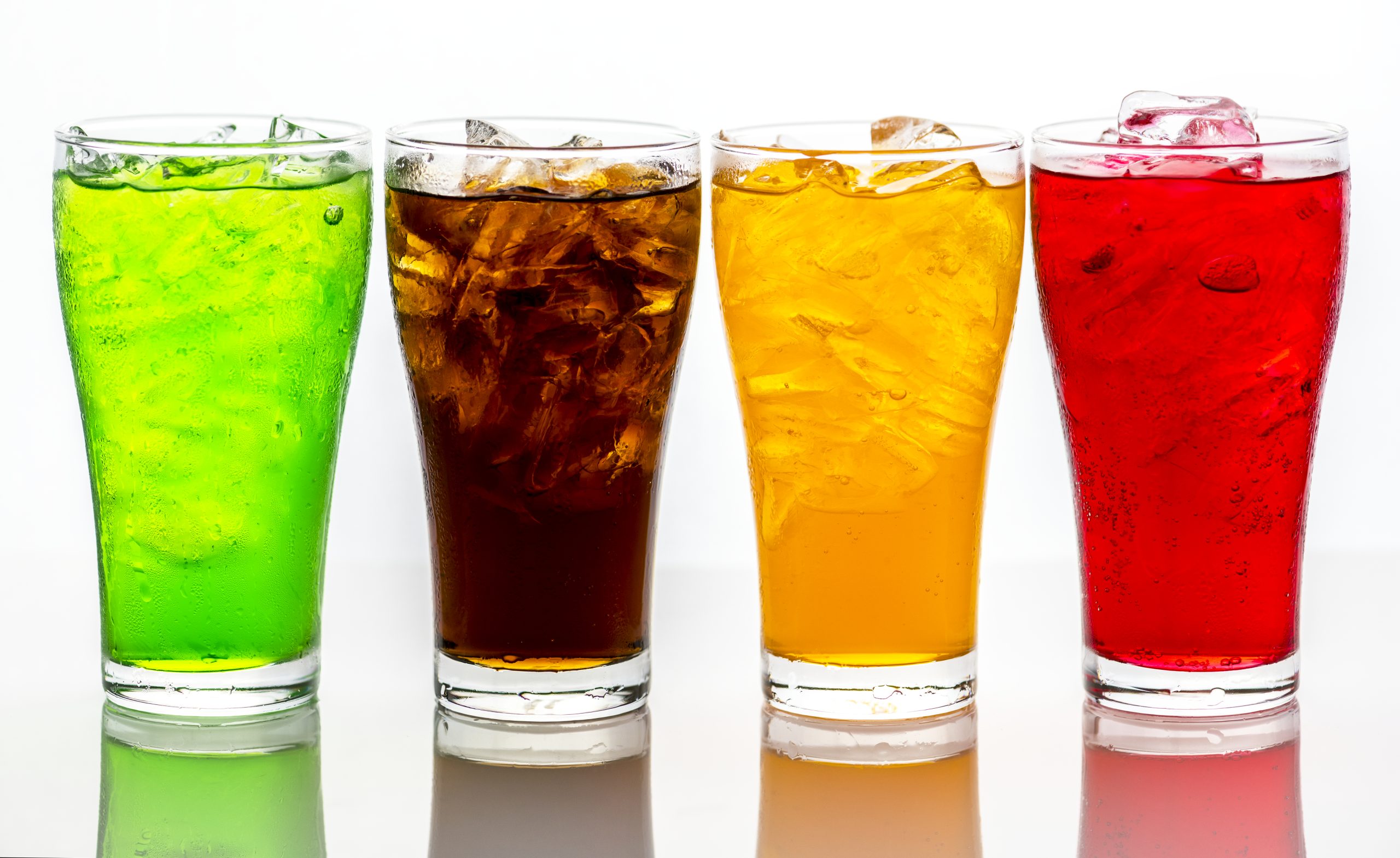Is OLIPOP Actually Healthy?
Functional sodas like OLIPOP, POPPI, and Culture Pop are everywhere in 2025. Marketed as gut-friendly, low-sugar, and packed with prebiotics, they’re winning over soda lovers who want a healthier alternative.
But are these trendy drinks actually good for you, or just a clever marketing spin?
In this 2025 breakdown, we’ll dive into the ingredients, benefits, and what registered dietitians really think about OLIPOP and its bubbly competitors.
🧠 What Is a Functional Soda?
A functional soda is a carbonated beverage that goes beyond taste — it’s designed to offer health benefits, especially for gut health, digestion, or blood sugar control.
Most contain:
- Prebiotics (fiber that feeds good gut bacteria)
- Botanicals (ginger, turmeric, etc.)
- Low or no added sugar
- Alternative sweeteners (stevia, monk fruit, allulose)
🥤 What Makes OLIPOP Different?
Each can of OLIPOP (355ml / 12oz) contains:
- 9g of fiber
- 2–5g sugar (from fruit juice)
- Botanical extracts like marshmallow root, slippery elm, and chicory root
- Stevia and/or cassava syrup
They advertise it as a “prebiotic soda that supports digestive health without the sugar crash.”
🔍 Nutrition Label Comparison (2025)
| Beverage | Calories | Sugar | Fiber | Artificial Sweeteners? |
|---|---|---|---|---|
| OLIPOP Vintage Cola | 35 kcal | 2g | 9g | ❌ (natural only) |
| Coca-Cola Classic | 140 kcal | 39g | 0g | ❌ |
| Diet Coke | 0 kcal | 0g | 0g | ✅ (aspartame) |
| POPPI | 25–30 kcal | 4g | 2g | ✅ (stevia) |
✅ OLIPOP wins on fiber and natural sweeteners.
🧬 What Do Dietitians Say in 2025?
✅ The Good:
- Fiber content: 9g per can = ~30% of your daily value
- Better blood sugar response compared to sugary drinks
- May support gut health (if you tolerate prebiotics well)
- No artificial colors, preservatives, or high-fructose corn syrup
⚠️ But Consider This:
- Fiber is mostly from inulin, cassava root, and chicory root — which can cause gas, bloating, or diarrhea in sensitive individuals
- Still contains non-nutritive sweeteners — which some people prefer to avoid entirely
- It’s not a probiotic — it feeds gut bacteria but doesn’t contain live cultures
✅ Who Might Benefit from OLIPOP?
- People reducing sugar or quitting regular soda
- Those with constipation or low fiber intake
- Anyone seeking a fizzy, low-cal alternative to juice or cola
- Individuals managing pre-diabetes or PCOS
❌ Who Might Want to Avoid It?
- People with IBS or sensitive digestion (prebiotics can worsen symptoms)
- Kids under 6 (excess fiber + sweeteners may upset the stomach)
- Anyone already taking fiber supplements or on a high-fiber diet
📦 Where to Buy OLIPOP (2025)
- Available in most Whole Foods, Target, and Amazon
- 👉 Buy the variety pack on Amazon
Popular flavors in 2025:
- Vintage Cola
- Tropical Punch
- Banana Cream
- Doctor Goodwin (OLIPOP’s version of Dr. Pepper)
🔁 Compared to Kombucha?
| Factor | OLIPOP | Kombucha |
|---|---|---|
| Probiotics | ❌ No | ✅ Yes |
| Prebiotics | ✅ Yes | ❌ Minimal |
| Alcohol content | None | Can contain trace alcohol |
| Flavor profile | Clean/sweet | Tangy/fermented |
| Kids-friendly | ✅ Mostly | ⚠️ Often not recommended |
⚖️ Pros and Cons of OLIPOP
✅ Pros:
- High fiber (9g per can!)
- Low sugar
- Naturally flavored and colored
- Supports digestion for many
- Tastes like real soda
❌ Cons:
- Some ingredients can cause bloating
- Not a true probiotic drink
- Still technically an “ultra-processed” product
🔁 Related Reading
👉 Is the 30-30-30 Rule Legit for Weight Loss in 2025?
👉 [Best Healthy Swaps for Soda Drinkers in 2025 – Coming Soon]
🧾 Final Verdict: Is OLIPOP Actually Healthy?
Yes – with caveats.
If you’re switching from Coke, OLIPOP is a huge upgrade. You’re getting fiber, botanicals, and fewer blood sugar spikes — all without the artificial junk.
But it’s not a green light to chug three cans a day. Think of OLIPOP as:
💬 “A smart treat — not a miracle drink.”
🛒 Best Way to Try It?
👉 Order the top-rated OLIPOP flavors on Amazon
👉 Or grab a single can at Whole Foods or Sprouts to test your digestion.

Leave a Reply